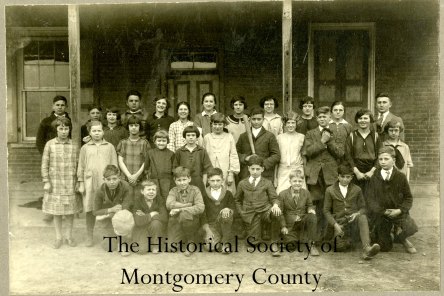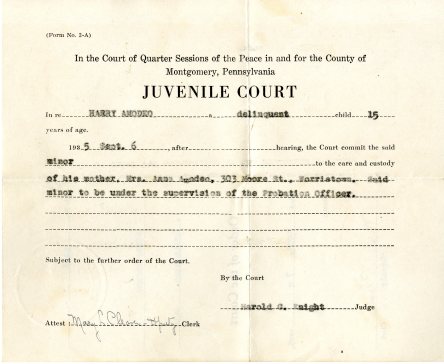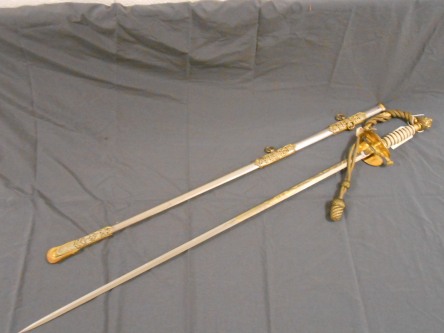I couple of years ago, I arrived here at the Historical Society to find a grocery bag full of papers left at the door. For the record, archivists hate that; we like to know where the papers come from and get a little background. But, this grocery bag contained the papers of two individuals. I’ll write about one this week and one next week.

Cleopatra Nelson is identified on the left.
Cleopatra McClellan Nelson was a local political leader. Her obituary, which appeared in the Philadelphia Inquirer, described her as “the grand dame of politics in her community.”
Her early life is a little mysterious. Her obituary states that she was born in Norristown and that her father was a lawyer, but the 1920 and 1930 census both list her birthplace as Florida. In the 1920 census, her father James McClellan’s occupation is given as “Laborer,” and by 1930 he’s listed as a “Plasterer.”
As a young woman, Mrs. Nelson worked as a domestic servant, but she eventually attended Cheyney University and became a schoolteacher in Philadelphia. She married Russell L. Nelson of Ardmore at the age of 29 and moved there.
Cleopatra Nelson was active with many organizations as evidenced by the papers donated to the society. She was secretary of the Main Line chapter of the NAACP from 1968 to 1988. She was a member (or Soror) in Zeta Phi Beta, and president of the Young Women’s Literary Guild. In 1981, she was elected President of the Democratic Committee of Lower Merion and Narberth.
Mrs. Nelson’s papers are not complete, so in some cases we can only see part of the story. For example, during the war, it seems Russell Nelson entered the military, but at some point the army ceased paying his family allowance. We have the letter indicating that the payments would be reinstated, but we don’t know anything else about it.

While her husband was in the service, Mrs. Nelson may have worked at the Philadelphia Navy Yard, but this temporary pass was only valid for two weeks.

Finally, the biggest mystery of these papers has to do with another person named Robert Nelson. Presumably a relative of Russell, he isn’t listed with Russell in the census, and doesn’t seem to have lived in Ardmore. We know that he worked for a family named Kauffmann for forty years. A certificate stating as much is included, but it doesn’t give much more information. The Kaufmann family had at least one well known friend, Clifford Berryman, the cartoonist who first drew the Teddy bear. He drew this anniversary picture showing Robert Nelson with his famous creation and the Kauffman family. It’s an amazing picture.

Cleopatra McClellan Nelson died at the age of 95 in 2004. I’d love to know more about her, so please share this blog with anyone who might have more information.























